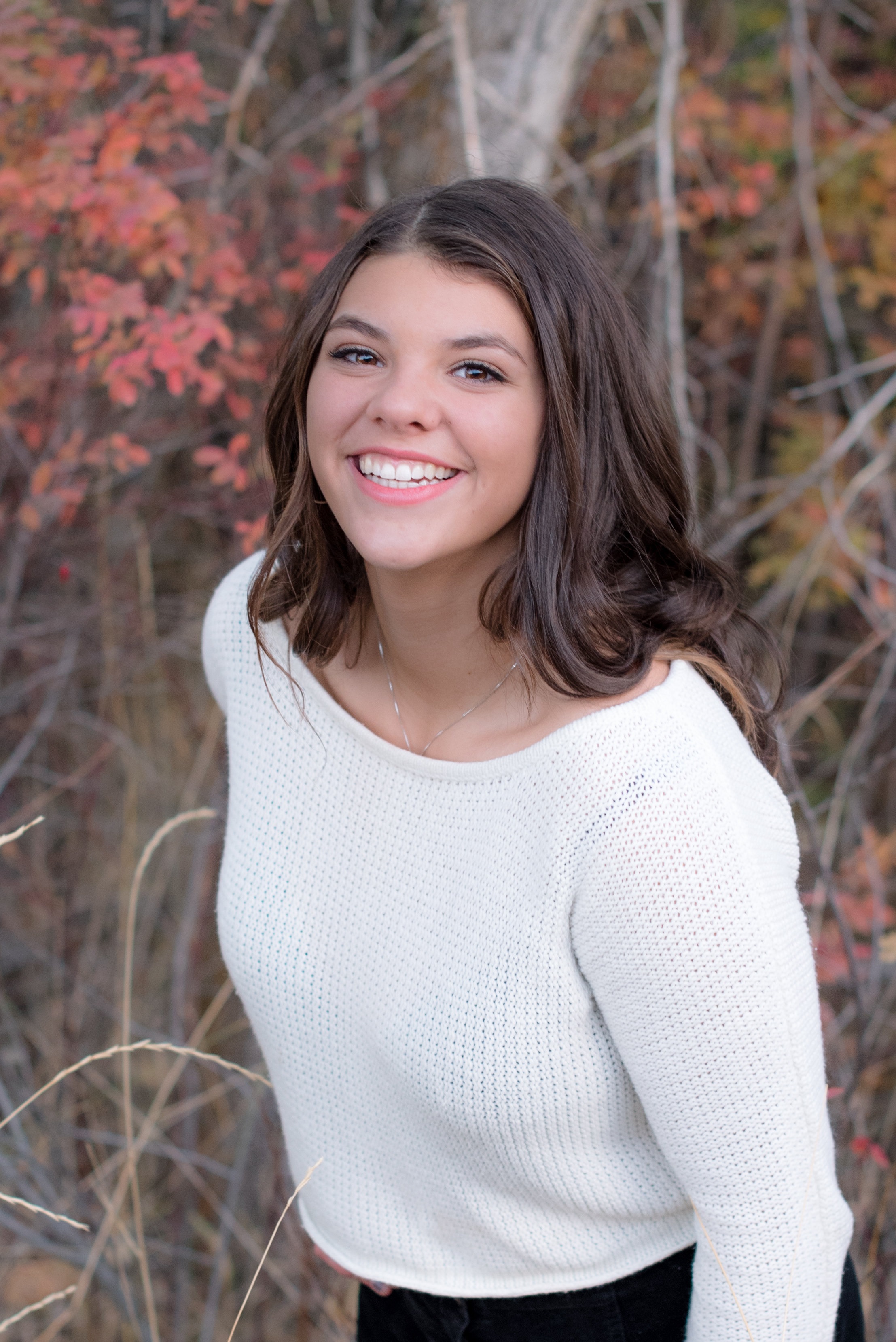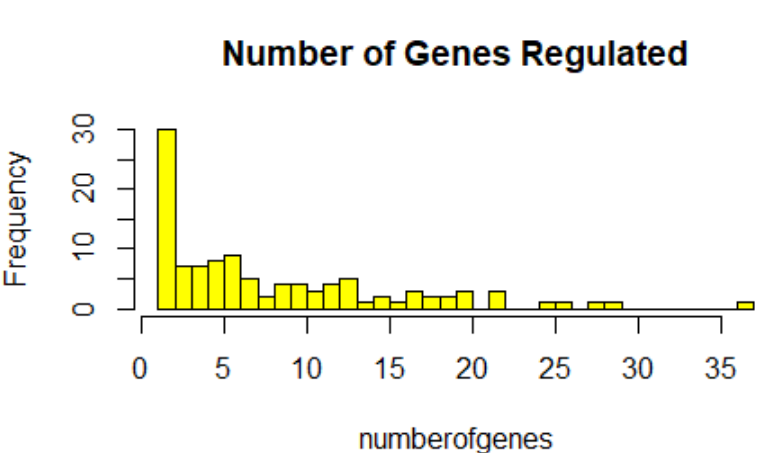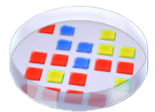Incorporating R into Avida-ED Activities

Hello! My name is Grace Whipple and I am a junior at Michigan State University. I am studying Human Biology with a minor in Health Promotions. This last year I switched my major from Secondary Education to Human Biology on the Pre-Med track. This was a huge change that I was not expecting: But hey, college is where you’re supposed to figure this stuff out, right? Some of my interests include doing Bob Ross paint alongs, boxing, and spending time with friends.
In the WAVES Summer Workshop, I have worked with Dr. Mead to learn R code and incorporate this code into Avida-ED activities for students. I have worked with Dr. Mead previously as I took her IBIO 150 course at Michigan State University. ✨ Go Green! ✨
Some things I will discuss in my post include:
- Life Before WAVES
- Evolution By Avida-ED
Learning.to.Code.R<-c(The, Ups, and, Downs)- What I Have Learned
- Going Forward
🔗 Life Before WAVES
I Didn’t Know What I Was Missing
Before the WAVES summer workshop, I had; zero, none, not a bit, zilch coding experience. I was definitely very intimidated by the thought of doing a computer science internship for two months. I was barely proficient in Excel, yet alone in C++ or JavaScript. I was first introduced to the WAVES summer workshop by Dr. Mead. I had worked with Avida-ED extensively in her class. Although I lack strong computer skills, my positive experience with Avida-ED motivated me to apply for the summer workshop. Before moving to Michigan for college, I lived in Boise, Idaho. There is little opportunity within the STEM field there. The vast opportunity that I have as a student at Michigan State University in comparison to life in Boise pushes me to leave my comfort zone and is another reason why I decided to apply for the WAVES summer workshop.
🔗 Evolution by Avida-ED
🔗 What is Avida-ED?
Avida-ED is a virtual website that focuses on the study of evolution. An indivdual organism or a total population can be studied. Evolution can be particularly hard to study because it occurs over thousands of years. With Avida-ED, an organism can be placed in an environment, and thousands of updates can occur within minutes. An update is a measured unit of time within Avida-ED. Avida-ED was developed by Michigan State University. It was created for the use of undergraduate students enrolled in biology courses, but it has expanded to encompass so much more. Avida-ED is being utilized by instructors and taught to students as early as high school and as late as graduate school. It is even used by professors to run research experiments to address the remaining unknowns of evolution. Avida-ED is an incredibly useful tool because it can be used to demonstrate the more basic fundamentals of evolution, as well as incredibly complex fundamentals, creating a large scope of coverage. Another feature of Avida-ED is the ability to study an organism in an environment with different resources. The fitness level of the Avidian, the individual organism, can be observed. An Avidian can be evolved to perform different functions and saved to be tested in new environments with varying resources. The different studies that can be run using Avida-ED are endless.
🔗 Learning.to.Code.R<- c(The,Ups,and,Downs)
I wasn’t sure what to expect when I began my R coding journey. I can gladly say that it has been a very beneficial experience. As I previously stated, I have never been particularly techy. It was a slow start, but I soon realized that coding R was something I enjoyed. The efficiency of being able to code the program to both create graphs and complete equations for me was so fulfilling- not to mention I didn’t have to do the math myself 🤣. This was something entirely outside of my comfort zone that I feel I can use in my career in science going forward. Here is an example of a basic graph I created using R.

Here is the code I used to create this histogram:
hist(numberofgenes, main = "Number of Genes Regulated", breaks=37, col=c("yellow"))
🔗 What I Have Learned
One of the biggest things I have gained throughout this experience is a new perspective. By pushing my boundaries, I have realized my ability to thrive and create unique relationships in a virtual setting. I have had such a gratifying experience with the WAVES workshop. I also found the enrichment sessions incredibly informative. All of the mentors have been so kind and helpful, and my new found skills in R are something that I will surely use again. Writing an activity for students that incorporates both RStudio and Avida-ED was a very rewarding way to put my practice to use. I hope to continue my work with Dr. Mead, and to reach out to some of the mentors from MSU who I will be on campus with in the Fall.
🔗 Going Forward
Going forward, I plan to continue to expand my knowledge and skills in RStudio. There are so many resources online that I have found beneficial in overcoming obstacles in R. I will continue to use these resources in order to further my skills. I will also be more confident in my ability to adapt to new work environments. This experience has taught me to be excited at the prospect of expanding my knowledge and network within the scientific community in new ways.
The exercise that I created with Dr. Mead will be published here after final edits are completed.
Here is the link to Avida-ED if you would like to explore the webpage: https://avida-ed.msu.edu/app/AvidaED.html.
Thank you to LENS, WAVES, my peers, and all mentors for making this summer workshop such a great experience!
